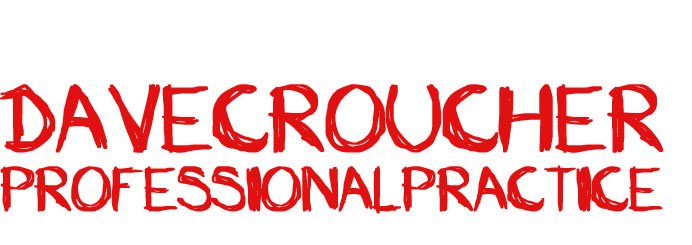As I am rapidly approaching the end of my degree, I will be shortly looking for a job and try to get myself into the design industry, unfortunately for me thousands of other students will be thinking the same thing which means that there is an incredible amount of competition for the few jobs that are actually out there.
It is a very competitive industry and according to a UCAS poll a whopping 70 per cent of graduates coming from design based courses don’t go on to work in the industry, partly because they don’t want to, but mainly because the supply of graduates exceeds the number of jobs available.
The possible reason why so many people head for these sort of degrees is that they are labelled by some as a ‘soft option’ degree, as apposed to something like mathematics or engineering, and the fact of just having a degree under your belt will stand you in better stead for any job application you go for (usually) regardless of its sector. Personally I disagree with this stereotype as I believe people who don’t really have their heart set on working in design tend to either just do a foundation course or a diploma and then go and get a job elsewhere, or take a degree course and drop out before they graduate anyway.
Of course the current economic climate doesn’t help the matter either, with more and more companies cutting down on costs and some actually losing staff which is drying up some of the potential opportunities that were possibly available in the few years before.
Lots of design magazines write numerous articles about graduates trying to get jobs, in the August 08 issue of Computer Arts Lawrence Zeegan (p35) explains a few steps that could put you ahead of the pack:
Firstly, ‘Understanding the industry’, meaning researching what different jobs there are and where you think you fit in to this, find out the difference between an art director in an ad agency and one in a magazine publisher.
On our visit to Mainframe in London, Adam Jenns also talked to us about this subject and mentioned that aswell as doing research into the company you should adjust your showreel to match what they do, so if they are mainly a 3d company there’s no point showing them all your 2d animation or stopmotion work (unless obviously they have stated they want to branch out into other areas) and if they are a post production house there’s no point showing them all your interactive work.
The second point Zeegan mentioned was ‘Getting your foot in the door’, he says: “The very best way of getting started is to undertake placements- smart designers began the process as students, not graduates, but its never too late. Don’t look down on placements because you work for free- the reward will be getting your name and portfolio about town, as well as valuable work related experience and a true insight into designing in the real world.” Placements, internships and runners jobs can be a really good way of gaining experience and building up your skills and portfolio but I feel that from speaking to people and what I have read, that there are very mixed opinions on this way in. There are lots of articles and blogs including this one that tell horror stories of nasty companies taking on runners and unpaid interns, making them work for free, take advantage of them and never promoting them, although from what I understand some companies are ok and some are worth avoiding. Ex student Paul Greenwood for example had a good experience of being a runner at Post production house Double Negative in London. He was taken on after graduating and he really worked hard and learned a lot from the experience and then 6 months down the line he was offered a great opportunity in the match moving division which he had been learning.
Zeegans third point is ‘Making the right impression’ he writes: “When it comes to contact, whether its by email, letter or online application form make sure that every single word, sentence and paragraph is read through numerous times for poor grammar. …you are looking to work in communication design, so make sure you are communicating correctly!”
Something everyone has said when I have visited studios, Mainframe, Studio AKA, Double Negative and Nexus all said that to make the right impression you should make your portfolio easy to read and navigate, keep it simple and keep your showreel short, they will know that you’re a graduate so they will know that you might not have loads of work to chose from, so don’t make a long reel repeating the same clips of certain pieces over and over.
Overall after researching into the subject I think that it is possible to get a good job after graduation if I take the advise I have pointed out, but I need to be prepared to hunt around and research a number of companies instead of just diving right in like many students will no doubt do.


No comments:
Post a Comment